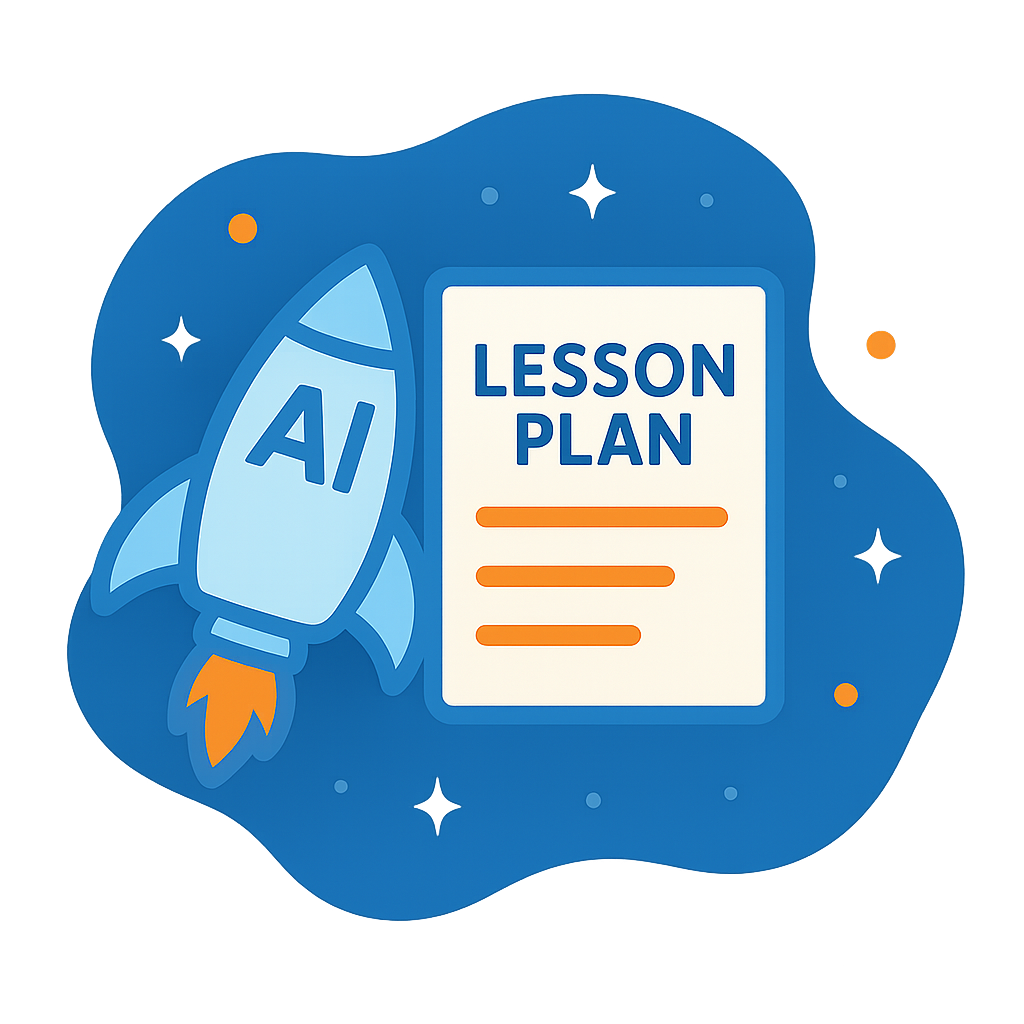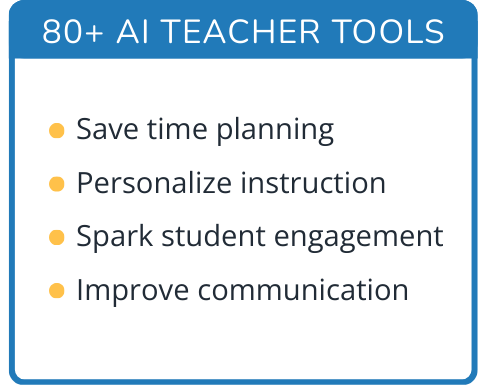Hi, what do you want to do?
Curated OER
Evolution of the Peppered Moth
Seventh graders complete a timeline about the evolution of the peppered moth. In this biology lesson, 7th graders write an essay about how human can affect evolution. They share their essay with the class.
Curated OER
Relative History
Young scholars explore theories about how the Olmec civilization influenced other Mesoamerican societies. They research the Olmecs to create a museum exhibit of their findings and reflect on how an Olmec person might have understood the...
Curated OER
Plate Tectonics
Middle schoolers use lecture, maps and video to analyze the distribution of earthquakes and volcanoes. They relate this distribution to the theory of plate tectonics and conduct several experiments to illustrate the forces at work in...
Curated OER
Biomes
Seventh graders research about the climate and weather in different biome types. For this biology lesson, 7th graders create a brochure of their chosen biome using Microsoft Publisher. They present their work in class.
Curated OER
Solving Science Mysteries
Students choose a science-related mystery to investigate such as the Loch Ness Monster or Bigfoot. They, in groups, research theories and give a persuasive talk presenting the theory they feel to be most likely.
Curated OER
Atomic Structure and Quantum Theory
High schoolers are introduced to the structure of an atom and Dalton's atomic theory through a short video and mini-lecture. They also take a look at the weight of mass and become familiar with the idea of quantum theory
Curated OER
Intelligent Design Fumbles; Evolution Still Going Strong
Pupils examine how all life is related and how species are classified. They also discover how traits are passed down from one person to the next. They examine the evolution the arthropod has going through.
Curated OER
Orchids and Evolution
Students study Charles Darwin's evolutionary theory and how he applied it to orchids. In this evolution lesson plan students repeat Darwin's orchid pollination experiment.
Curated OER
Properties of Soil
Students encounter various pieces of knowledge utilizing lessons that addresses a diversity of learners with multiple intelligences. They cover various concepts: science, Earth, scientific inquiry, geometry, data analysis, probability,...
Curated OER
Who Was Charles Darwin?
Learners research the life of Charles Darwin and his voyage on the Beagle.
Curated OER
Plotting Earthquakes: Diversity of Learner Adaptation
Students are divided into four groups that study four separate ecosystems in the community. They first do a field examination for the purpose of developing a detailed report of an ecosystem. Students do a detailed analysis of the...
Curated OER
Remember This?
Students investigate the mechanics of an fMRI and the properties of neurons. In this biology lesson, students analyze the way the brain works by performing tests in the neurons in the brain. This is all done theoretically.
Curated OER
Organic Chemistry Problem Set Exam 1
Though there are technically only 13 questions on this exam, they take up six pages and make a thorough assessment of organic chemistry principles. There are plenty of diagrams to label or complete. Emission spectra are displayed for...
Curated OER
Animals and Humans
Students identify the functions of various body parts. They participate in the "Head, Shoulders, Knees, and Toes" song, draw a picture of themselves and other mammals, and create a traced outline of their body that they add features to....
Curated OER
Wherever We Go, There They Are!
The central video for this lesson is not available through the included resource link. However, the activity that simulates the passing of a virus through a population is impacting and the other resource links are invaluable. Use this...
Curated OER
Exploring Parts and Wholes
Students explore the concept of parts making up a whole. In this parts and whole lesson, students come to understand that parts of a system must come together in order for the system to work properly. Students investigate items indoors...
Curated OER
Genetically Modified Food (GMF)
Explore genetically modified foods through various experiments. In this biology lesson, high schoolers discuss the safety issues related to GMF's. They conduct a PCR analysis to identify the presence of genetic modification.
Curated OER
Fact or Fantasy?
Are we alone in the universe? This brief informational text on extraterrestrial theory has been split into seven sections to help scholars practice note taking. They read the statements, underlining key words. Then, using the graphic...
Curated OER
Distant Relatives
Young scholars investigate observations between widely separated populations of anchialine cave fauna. In this biogeography instructional activity students discuss theories that could explain the given observations.
Curated OER
Atoms: The Building Block of Matter
Learners examine how scientific theories are developed. In this matter instructional activity, students explore the basic idea of quantum theory. They create a timeline of scientists, their contributions, and discoveries.
Curated OER
Atomic Theory, Structure, and Symbols
In this atomic theory worksheet, students review the observations that led to the conclusion of the atom having a positively charged nucleus. Students compare atomic number and mass number and explain how the discovery of subatomic...
Curated OER
Science: Finlay and Yellow Fever
Ninth graders research the work of Carlos J. Finlay and his contributions to science. Once they have discussed his theories about diseases, they create tables comparing diseases that use insects as carriers. The lesson also includes a...
Curated OER
Chemistry - Science 10
In this chemistry science worksheet, students identify the parts of a chemical reactions. Students name the major particles of the atom. Students apply knowledge about the atom, theories, and models.
Curated OER
Island Biogeography and Evolution
Students develop likely phylogenies for seven related populations of lizards living on the Canary Islands using real data. They organize charts, and record the data for geography, geology, morphology, and molecular genetics.




























